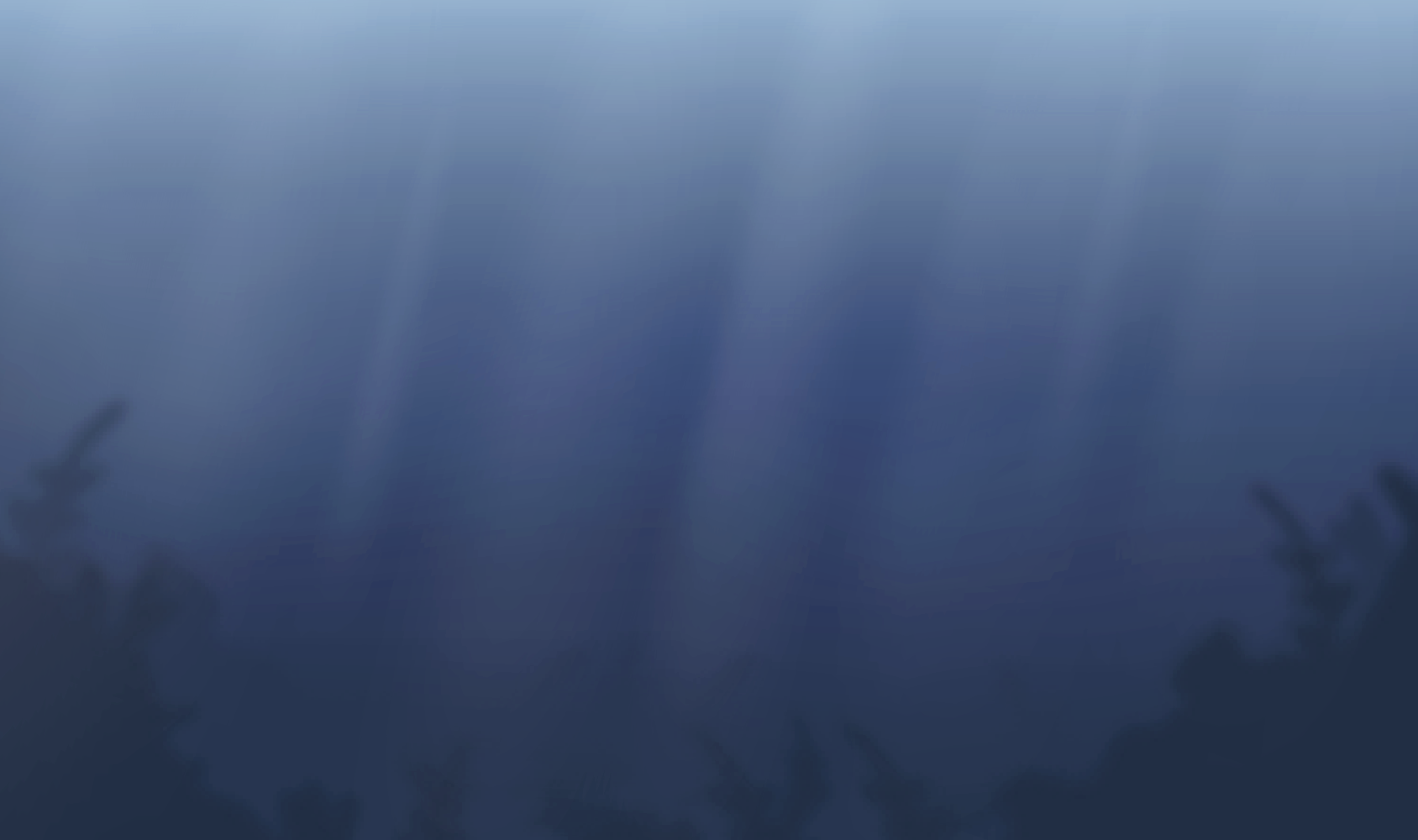
Spitsbergen monsters
Ancient marine life, from ichthyosaurs to ammonites
Our planet did not always look the way it does today. For example, about 150 million years ago, Greenland and Norway were located at the same latitude, and Spitsbergen Archipelago was hidden under water.
The animals that lived in the cold Arctic seas were also different from modern ones. Some were bizarre, some were sinister, and some are still around today.
In our joint project with Paulsen Publishing House, we will tell you what types of ancient creatures have been found in Spitsbergen and how much scientists have learned about their life.
The animals that lived in the cold Arctic seas were also different from modern ones. Some were bizarre, some were sinister, and some are still around today.
In our joint project with Paulsen Publishing House, we will tell you what types of ancient creatures have been found in Spitsbergen and how much scientists have learned about their life.

Ichthyosaur, or fish lizard
The typical ichthyosaurs found on Spitsbergen were 5 to 6 meters long and weighed about half of an average elephant, about 3 metric tons.
The fish lizards had powerful bodies, with strong muscles. Their skin was smooth, and without scales — unlike modern reptiles. They used their fins to move around. For example, the ichthyosaur flapped its tail fin from side to side, like a fish, propelling itself forward.
The fish lizards had powerful bodies, with strong muscles. Their skin was smooth, and without scales — unlike modern reptiles. They used their fins to move around. For example, the ichthyosaur flapped its tail fin from side to side, like a fish, propelling itself forward.
Their nose and teeth were shaped to bite through fish and shellfish. Also, ichthyosaurs had the largest eyes of any vertebrate that ever existed. In the dark, their pupils dilated to let in more light, and this helped them to hunt better.
Fish lizards became extinct about 80 million years ago.
Fish lizards became extinct about 80 million years ago.

Their nose and teeth were shaped to bite through fish and shellfish. Also, ichthyosaurs had the largest eyes of any vertebrate that ever existed. In the dark, their pupils dilated to let in more light, and this helped them to hunt better.
Fish lizards became extinct about 80 million years ago.
Fish lizards became extinct about 80 million years ago.



Plesiosaur
All plesiosaur species found in Spitsbergen had hind fins larger than the front ones, although they used both types equally. It is the only animal species known to move this way.
The plesiosaurs split into two main lineages: the plesiosauroids, with long and flexible necks, and the pliosauroids, which had short necks.
The last representatives of these species became extinct about 65 million years ago.
The plesiosaurs split into two main lineages: the plesiosauroids, with long and flexible necks, and the pliosauroids, which had short necks.
The last representatives of these species became extinct about 65 million years ago.

Plesiosauroid
Those reptiles were up to 7 meters long, with necks so long and heavy that their muscles were not strong enough to lift their heads, although the skull of a plesiosauroid was no larger than a size 42 boot. So this species developed a unique system of the upper vertebrae attachment and their necks became so stiff they could only stick out forward.
The skull bones of the plesiosauroid were not fastened securely enough, which is why archaeologists often find their skeletons without heads. Only a few rare samples have made it possible to figure out that their teeth protruded strongly forward. It looked creepy, but came in useful for hunting.
The skull bones of the plesiosauroid were not fastened securely enough, which is why archaeologists often find their skeletons without heads. Only a few rare samples have made it possible to figure out that their teeth protruded strongly forward. It looked creepy, but came in useful for hunting.




Pliosauroid
On average, those were larger than any other marine life at the time, so they ate pretty much everything they came across. The reptiles found in Spitsbergen are believed to have been 12−14 meters long. Their heads alone could reach 3 meters, and each tooth was the size of a long cucumber. So their bite would have been even more dangerous than Tyrannosaurus Rex’s.
To get an idea of how huge those reptiles were, check out the Natural History Museum in Oslo, Norway, to see a life-size model of a pliosauroid.
To get an idea of how huge those reptiles were, check out the Natural History Museum in Oslo, Norway, to see a life-size model of a pliosauroid.
Pliosauroids moved in the water the same way as plesiosauroids; however, the short neck with strong muscles suggests they could swim much faster and tear their prey to pieces by swinging their heads.




Ammonites
These mollusks lived inside limestone shells, divided into chambers separated by walls known as septa, which strengthened the shell. The chambers were filled with gas which the ammonite was able to regulate in order to rise and dive, much like a submarine.

Like all types of living things, these mollusks also evolved over time. On Spitsbergen, many types of ammonites were found in different layers of rock. Because this species was also widespread throughout the world, today, when scientists find fossils of one species, they can safely say that these layers of rock are of the same age, and also determine which of the fossils are older than others.
There are present-day sea creatures that have a coiled external shell similar to ammonites — those mollusks are called nautilus.
There are present-day sea creatures that have a coiled external shell similar to ammonites — those mollusks are called nautilus.
Belemnites
Belemnites are also similar to modern mollusks, but they have a larger and more powerful shell located inside the body. They look a bit like a cigar, and have hooks on their tentacles. Scientists often find ichthyosaurs with stomachs full of these mollusks.

Apparently, they tasted good, but a stomach full of shells does not sound very comfortable. So the fish lizard just spat them out.

Who found them and how
Almost 100 million years ago, the seabed began to rise towards Greenland, just where the Arctic Circle is, until finally, a piece of land emerged above the water. This is how Spitsbergen came into existence, and the layers of rock that had been seabed turned into mountains where the skeletons of fish lizards are now found.
The first fossilized skeleton of an ichthyosaur was found on Spitsbergen over 150 years ago. In 1931, a group of American doctors found the back of a plesiosaur skeleton in Longyearbyen, the largest village on the island. Before the early 21st century, these finds were isolated and accidental, because no one was purposefully searching for them.
The first fossilized skeleton of an ichthyosaur was found on Spitsbergen over 150 years ago. In 1931, a group of American doctors found the back of a plesiosaur skeleton in Longyearbyen, the largest village on the island. Before the early 21st century, these finds were isolated and accidental, because no one was purposefully searching for them.

But in 2001, several scientists and students found parts of an ancient reptile skeleton. The news was immediately reported to Jorn Hurum, a paleontologist from the Museum of Natural History in Oslo, Norway, the author of Monsteroglene pa Svalbard (published in Russia by Paulsen in 2017 under the title Sea Monsters of Spitsbergen). So he put together a team, and in 2004, they embarked on their first expedition. The scientists have found so many fossils that they began to return almost every year. They call themselves lizard diggers. Their camp is located near the village of Longyearbyen in Spitsbergen.
One of the most interesting finds was made in 2009: an almost perfectly preserved skeleton of an ichthyosaur, with only the tip of its tail missing.
One of the most interesting finds was made in 2009: an almost perfectly preserved skeleton of an ichthyosaur, with only the tip of its tail missing.

How the reptiles get to the museum
When animals and plants die, tiny microorganisms that feed on oxygen contribute to their decomposition. But at great depths, there is nothing for them to breathe. So the remains of sea reptiles submerged on the seabed are as good as bottled — covered with an airtight layer of sand and silt, which grew denser over time until it turned into stone. With more and more layers of rock emerging on top, the internal cavities of the bones got filled with minerals and gradually turned to stone. Thanks to this process, the skeletons of ancient sea reptiles have been so well preserved to this day.

When scientists find something that looks like a large fossil, they try to extract it very carefully. Smaller pieces are wrapped in aluminum foil and placed in plastic bags. Large fossilized reptile skeletons are transported to the museum along with the rock in which they were found.
Lizard diggers have a special algorithm for keeping the bones safe during transportation. First, they dig out and remove as much rock as possible, clearing the skeleton. Then they cover it with wet tissue paper, and begin to wrap it in burlap soaked in liquid gypsum. While gradually digging the skeleton out from all sides, they pack it in a kind of plaster case that looks like a mushroom on a stone leg. When all the bones are completely plastered, time comes for the most difficult move — the package needs to be turned over. Scientists have to do this in one smooth motion, otherwise the skeleton inside can fall to pieces.
The bulky plaster cases are then flown by helicopter to Longyearbyen, where they are packed in containers and transported to the mainland by cargo ships. But the real research does not start until the fossils are brought to the museum. For example, the fossils we talked about today are still being studied at the Natural History Museum in Oslo and will not become available to the public until after the scientists are finished with them.
Lizard diggers have a special algorithm for keeping the bones safe during transportation. First, they dig out and remove as much rock as possible, clearing the skeleton. Then they cover it with wet tissue paper, and begin to wrap it in burlap soaked in liquid gypsum. While gradually digging the skeleton out from all sides, they pack it in a kind of plaster case that looks like a mushroom on a stone leg. When all the bones are completely plastered, time comes for the most difficult move — the package needs to be turned over. Scientists have to do this in one smooth motion, otherwise the skeleton inside can fall to pieces.
The bulky plaster cases are then flown by helicopter to Longyearbyen, where they are packed in containers and transported to the mainland by cargo ships. But the real research does not start until the fossils are brought to the museum. For example, the fossils we talked about today are still being studied at the Natural History Museum in Oslo and will not become available to the public until after the scientists are finished with them.

Want to know more? Check out the book Sea Monsters of Spitsbergen, and you can hang out with a little ichthyosaur or try to draw one, visit the lizard diggers' camp, see them packing for an expedition and what they do and how they live in their camp.
Based on Sea Monsters of Spitsbergen by Jorn Hurum, Torstein Helleve, Esther van Hulsen. Paulsen publishing house. Illustrations by Esther van Hulsen. Translated from Norwegian by Darya Soldatova.